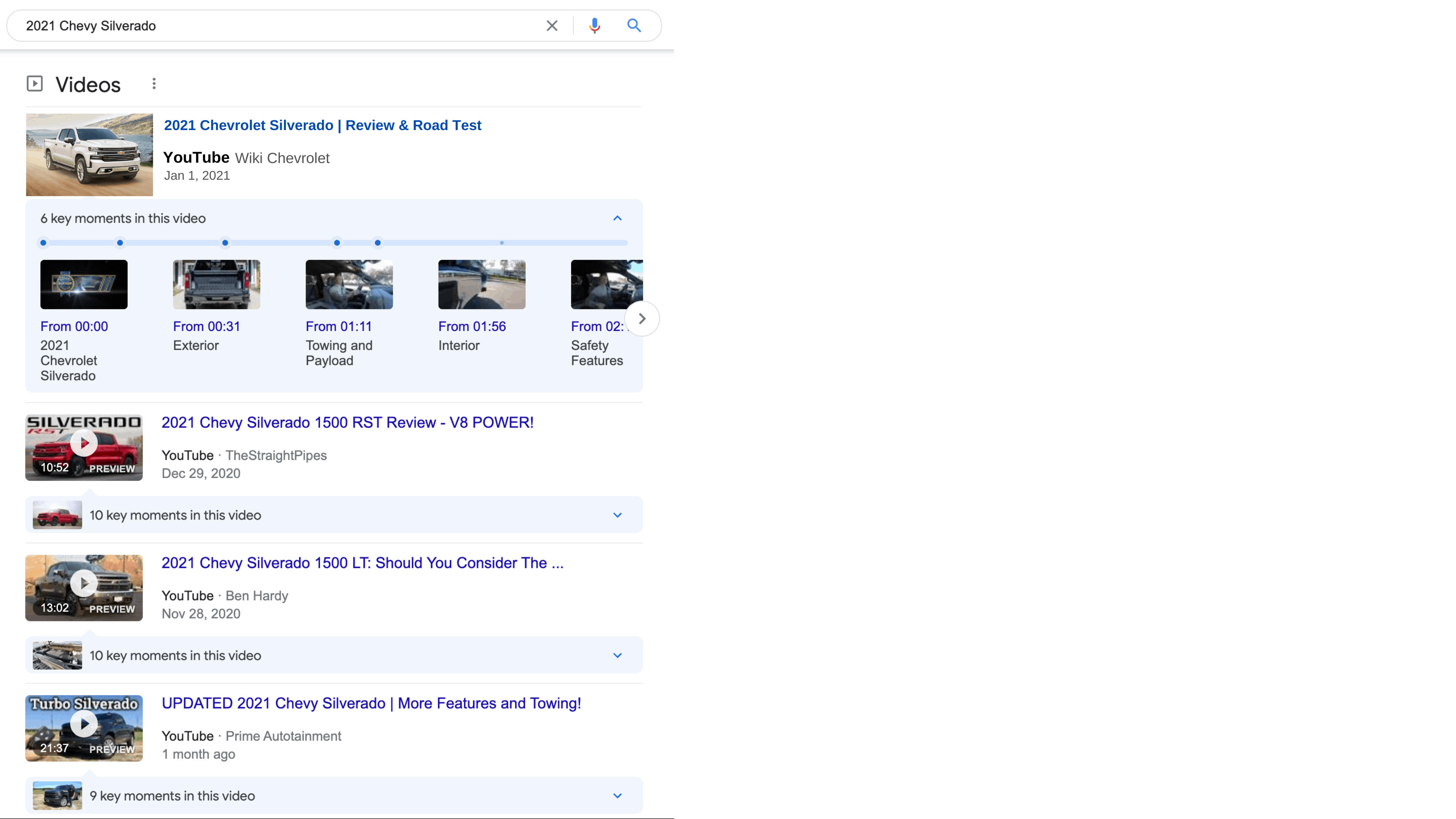The average American’s video consumption has increased 52% since 2019, with most people consuming 16 hours of online video content per week. Now, sure…some of that’s content is attributed to streaming – but when we look at video through the eyes of the consumer, we see just how valuable it becomes to any business or brand.
Consider this: video content shared on social media will generate up to 1200% more shares than text and image-based posts, combined. In addition, viewers retain 95% of a message when it’s delivered via video, compared to the 10% retained by reading it in text-form.
Many of you have been increasing your dealership’s video content on various platforms. But let me ask you: when it comes to Facebook, are you uploading your content natively – or are you sharing it to Facebook using YouTube links?
Did you know that native video posts get shared 477% more than YouTube links, delivering a better ROI and lower cost-per-view on promoted content? It’s true. But if you think we’re telling you NOT to upload your content to YouTube, pump those brakes a little. You should be uploading video content to BOTH. Facebook is great for putting content in front of your followers, and gaining local traction, but since YouTube is a Google-owned entity, your dealership’s authoritative video content has SEO value.
So today let’s talk about three recent changes rolled out by Google & YouTube that could prove helpful to prospective car-buyers, beneficial to your dealership’s bottom-line, and should influence your video strategy moving forward.
Video Previews
Imagine a car buyer in your area looking for information on the 2021 Silverado, and their Google search serves up YOUR recent video. Your local brand recognition might steer that sale your way but, aside from that, what’s going to make them click on your video? Until recently, we would have started talking about the importance of a compelling thumbnail image; and it’s STILL important…but NOW when you hover over a YouTube thumbnail on either Google or YouTube, the thumbnail will be replaced by a randomly generated 3 second preview of the video itself.
Why is this important to your dealership? Well, it’s a reminder that visual quality matters. A preview with shaky camera action, dead space, vertical framing, or one that lacks any useful context might quickly disqualify your video in the eyes of a prospective car buyer.
In other words, shoddy videos can no longer hide behind nicely composed thumbnail images.
Next up…
Video Chapters
Now, this feature had already been rolled out by Google when videos are served up in search results, but it has now been implemented on YouTube as well.
Consider the video content created at your dealership and what it consists of. Maybe you’re doing a deep dive on a particular model, providing an exterior walk-around, showcasing interior features, and maybe even taking a look under the hood. Or possibly, you’re providing a behind-the-scenes look at your dealership, highlighting your team, your departments, and the unique services provided by each. Depending on the viewer’s interest, your video could be viewed in its entirety BUT it’s far more common that it won’t be.
If we go back to our Silverado search, we see video results that include a selection of time-stamped “Key Moments” allowing someone to skip to the section of your video that most interests them. Beyond the :31 intro we get looks at the Exterior, Towing and Payload, Interior, Safety Features, and so on.
Not only does this benefit the viewer, making it easier to obtain the insights they’re looking for, but it helps to minimize premature close-outs of your video, improving your overall retention numbers and increasing the value of your videos in the eyes of Google. Plus, if you’re looking at your video analytics, it can help you to understand which segments resonate more with your audience.
That said, when uploading a video, scroll down the ‘Details’ window and you’ll see a section called ‘Automatic Chapters’. If checked, YouTube will automatically add chapters to any video they consider to be eligible. However, any automated chapters should be reviewed and – if needed – overwritten to ensure that each video is presented – and experienced – exactly as you’d like it to be.
Which brings us to…
Automatic Translations
Google’s prioritization of accessibility is no secret, and their inclusion of Automatic Translation on YouTube videos is especially important to businesses located in multilingual communities. The fact that your content could be equally accessible to car buyers speaking more than 60 languages can only work in your favor.
The responsibility, however, falls on your marketing team to optimize your videos by uploading your own transcripts in the form of SRT files -OR- by reviewing the automated transcripts and editing them as needed, for accuracy.
As long as you know they’re correct, they’ll translate based on the viewer’s own language preferences, as specified in their YouTube settings.
So, to Recap…
- Upload your content natively to both Facebook & YouTube.
- Focus on video quality to ensure the preview sets positive expectations.
- Incorporate video chapters for any content that covers a variety of topics.
- Make sure that subtitles are correct, allowing for greater accessibility to your video content.
